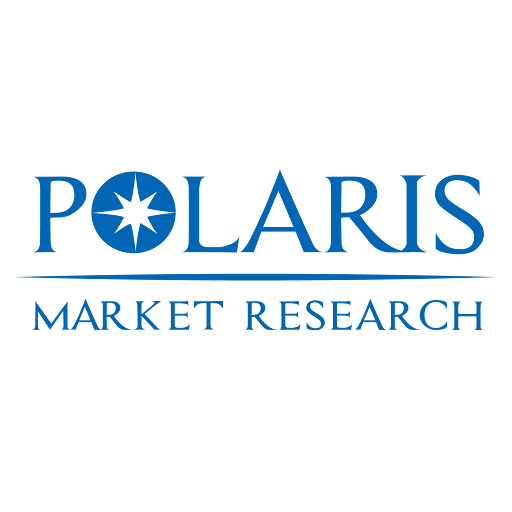The global calcium sulfate market is undergoing a period of dynamic expansion, buoyed by its versatile applications across construction, agriculture, food processing, and environmental sectors. The global calcium sulfate market size was valued at USD 3,697.75 million in 2024, growing at a CAGR of 12.9% during 2025–2034. This robust growth trajectory is underpinned by rising demand for sustainable building materials, stricter emissions regulations that increase flue gas desulfurization (FGD) gypsum output, and growing use of food-grade calcium sulfate as a calcium fortifier and dough conditioner. Regionally, divergent industrial policies, raw material availability, and environmental mandates are shaping distinct market pathways, with certain geographies emerging as both production and consumption powerhouses.
Key drivers include the global push toward circular economy models, where FGD gypsum—a byproduct of coal-fired power plant scrubbing systems—is repurposed into wallboard and cement additives, reducing landfill dependency. In agriculture, calcium sulfate is increasingly deployed to remediate sodic soils and supply essential calcium and sulfur nutrients, particularly in regions facing soil degradation. However, market growth faces restraints such as volatile energy policies affecting coal-based FGD supply, competition from synthetic alternatives like calcium carbonate, and stringent purity requirements for food and pharmaceutical applications. Opportunities are crystallizing in emerging economies investing in infrastructure and food security, while notable trends include the development of high-purity synthetic calcium sulfate and the integration of carbon capture co-benefits in gypsum processing. Regional regulatory frameworks and trade flows critically influence where and how these dynamics unfold.
North America remains a cornerstone of the global market, driven by extensive use of gypsum wallboard in residential and commercial construction. According to the U.S. Geological Survey (USGS), over 27 million metric tons of gypsum were consumed in the United States in 2023, with more than 30% sourced from FGD processes. The Inflation Reduction Act’s incentives for retrofitting power plants have indirectly stabilized FGD gypsum supply, while the U.S. Department of Agriculture (USDA) promotes agricultural gypsum use through its Natural Resources Conservation Service (NRCS) for soil health improvement—particularly in the Midwest’s corn and soybean belts. Canada’s alignment with U.S. building codes and clean air standards further reinforces regional demand. However, fluctuations in coal plant retirements pose a long-term supply risk, prompting manufacturers to explore synthetic production routes.
Europe presents a complex but high-value market shaped by rigorous environmental directives. The European Union’s Industrial Emissions Directive (IED) and Circular Economy Action Plan have accelerated the valorization of FGD gypsum, with Eurostat reporting that over 90% of FGD gypsum produced in Germany and the Netherlands is recycled into construction products. France and Spain are scaling up agricultural applications under the Common Agricultural Policy’s soil health initiatives. Nevertheless, the EU’s REACH regulation imposes strict handling and labeling requirements for calcium sulfate used in food and feed, increasing compliance costs for processors. Moreover, the bloc’s progressive phase-out of coal power—evident in Germany’s 2030 coal exit target—threatens future FGD-derived supply, pushing producers toward mined gypsum or alternative synthetic methods. Despite these challenges, Europe’s emphasis on low-carbon building materials sustains demand for high-performance calcium sulfate plasters and cements.
Read More @ https://www.polarismarketresearch.com/industry-analysis/calcium-sulfate-market
The Asia Pacific region is emerging as the fastest-growing market, led by China, India, and Southeast Asian nations undergoing rapid urbanization. China, the world’s largest gypsum board consumer, relies heavily on FGD gypsum, with the Ministry of Ecology and Environment mandating flue gas desulfurization in all thermal power plants since 2015—a policy that has dramatically expanded domestic gypsum availability. In India, the Ministry of Housing and Urban Affairs promotes gypsum-based lightweight panels under the “Housing for All” scheme to accelerate affordable construction. Simultaneously, the Food Safety and Standards Authority of India (FSSAI) permits calcium sulfate as a food additive (INS 516), driving its use in tofu and bakery products. Japan’s Ministry of Economy, Trade and Industry (METI) supports high-purity calcium sulfate applications in pharmaceutical excipients, while Australia exports mined gypsum to regional markets. Trade dynamics are further influenced by China’s export controls on raw minerals and India’s import duties on gypsum board, which protect local manufacturers but complicate regional supply chains.
Latin America and the Middle East & Africa show incremental growth, primarily in agricultural and niche construction applications. Brazil’s Ministry of Agriculture encourages gypsum use in cerrado soil restoration, while Saudi Arabia leverages domestic gypsum reserves for drywall production aligned with Vision 2030 infrastructure goals. However, limited processing infrastructure and inconsistent regulatory standards hinder large-scale adoption.
Cross-regionally, innovation is focusing on enhancing the purity and consistency of synthetic calcium sulfate, improving its suitability for high-value applications. Sustainability certifications, such as LEED and BREEAM, are also elevating demand for eco-friendly gypsum products.
The competitive landscape is fragmented yet dominated by integrated producers with mining, processing, and distribution capabilities. Major players holding significant market share include:
- Knauf Gips KG
- Saint-Gobain S.A.
- USG Corporation (Knauf US)
- Georgia-Pacific LLC
- National Gypsum Company
- GyPSA (Fosforquímica, S.A.)
- Sakarno Group
- Trinseo PLC
More Trending Latest Reports By Polaris Market Research:
Treatment Planning Systems and Advanced Image Processing Market
Underwater Acoustic Communication Market
Growing Preference for Online Shopping To Drive Demand
Treatment Planning Systems and Advanced Image Processing Market
South Korea Anti-aging Products Market

